Being in the UK for 5 years, I was just about getting used to the stringent health and safety rules there. A simple task was made mammoth in order to ensure that all aspects of risk were thought of and precautionary measures accounted for. Besides this, manual labour has become something of a rarity there. If possible, all manual tasks have been allotted to machines and more are being designed to replace men. Being back here in India, its amazing to see just what real manual labour is Like. No safety gear, no accident planning, no insurance, no sophisticated equipment or machines, just raw muscle and strength. A recent tree felling operation near home, gave me an opportunity to capture a few photographs of what is everyday practice, here in Kerala.
The lumberjacks of Kerala don't have uniform, they don't have helmets or overalls, no cranes or tractors, in fact, the chain-saw itself is a recent luxury addition to their armoury and only a few are confident enough use it without sawing their limbs off! Until recently they used hand-saws. Their main equipment consists of iron crowbars and ropes woven from coconut-husk fibre.
In fact, most, if not all of these men aren't even full-time lumberjacks. As you may be convinced, from looking at these images, this trade is not for all and involves back breaking work, lifting weight several times over what an average person can. Therefore, the average lumberjack is in only for the profit! Hard labour pays money (well even if its not great, its still better than average!).
An average days work involves felling and retrieving trees from inside rubber estates. A rubber estate is most often on a hill-side, and because the rubber trees need to be kept damage free, it is a tricky job to manoeuvre a heavy tree trunk from in between the other trees and load it onto a waiting truck. These men however, specialise in doing just that.
These lumberjacks pride themselves in accomplishing their job and it is astonishing to see the kind of weights they lift. I`m quite sure some of these men would put even professional Olympic weight lifters to shame!
Lifting such heavy logs is not only tough but dangerous too. It is now monsoon season, and the rains have made everything slippery. The ground beneath is wet and the mud is soft. Often the mud gives way especially when a rat had dug a burrow beneath. All these dangers involve extreme care but these men seem to take in in their stride.
Trees are really heavy, it is only through coordinated effort that the strength of these men can be pooled to accomplish their task. A feature to note is how these men coordinate tasks with precision. An uncoordinated move by one person can cause grievous harm to him and others if a log slips or rolls unexpectedly.
It is through chants and songs that coordination is maintained. When the lead singer calls out “eaahlooo..”, the task begins, with the rest of the men heaving, or pulling as they reply in unison “ehlaaaaambo…!”. this chant is repeated for every new thrust or lift. There are other chants such as this which seemed to be made up as they got on with the job.
As I was taking these pictures, the lead workman came up to me and requested to see the images. Shortly after, the whole group was crowding around my camera. The lead workman then humbly requested that I take a few shots of his vehicle too. Clearly it was something he owned with pride.
The vehicle itself is not much to write home about. This Tata 407 pickup mini-truck, can carry slightly more than 2 tonnes. However, it is a proven workhorse and an extremely manoeuvrable one at that. It is not only the foreman’s source of income, it is also his personal transport too.
When the need arises, and when circumstances permit, the vehicle doubles up as the most powerful lumberjack of them all.
When a tricky piece of tree trunk needs to be dislodged from a unworkable position and brought forward to a better location, a rope suspended from the tree to the truck and a bit of the accelerator does the trick.
The work continues with a lot of noise and suggestions from all involved, but before you know it, a huge tree is all cut up and loaded to be packed off to a timber mill. The men are all cheerful. The work is a part of their life, they do it while they still can. When this tree was all done they weren't finished, they headed off to collect another four more trees in even trickier locations.
The men were ready to leave, but not before a few more photos with their beloved vehicle. The foreman specifically requested that I take a shot of him at the wheel so here goes!
These men are crude, but they are genuine. I`m convinced that it wont be long before this trade disappears, to be replaced by light and heavy machinery that will eliminate the hazards and the hard labour. Perhaps man will one day forget that work like this was an everyday thing. Its not long before the average man in this sleepy village will sit in an office chair all day long and accuse his employer of occupational hazards causing him a bad back (as it now happens in the UK)! Perhaps one day we will tell our children that there existed men who could lift tree trunks with their bare hands, men who were happy at the end of the day and enjoyed doing the work they do!
P.S.
I was wondering if the term “lumberjack” was an appropriate term for these seemingly disorganised workers, however, reading about lumberjacks on Wikipedia put me more at ease. Here's what's on there.
“A lumberjack is a worker in the logging industry who performs the initial harvesting and transport of trees for ultimate processing into forest products. The term usually refers to a bygone era (before 1945) when hand tools were used in harvesting trees principally from virgin forest. Because of its historical ties, the term lumberjack has become ingrained in popular culture through folklore, media, and spectator sports. The work was difficult, dangerous, intermittent, low-paying, and primitive in living conditions, but the men built a traditional culture that celebrated strength, masculinity, confrontation with danger, and resistance to modernization.”
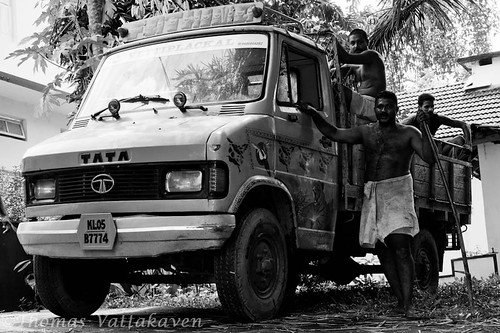

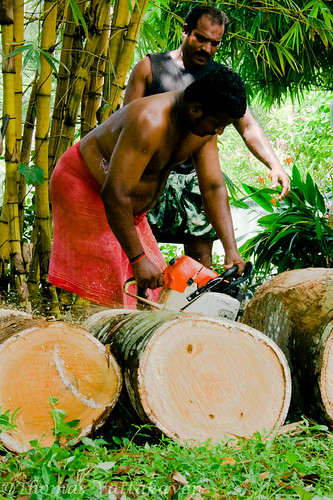
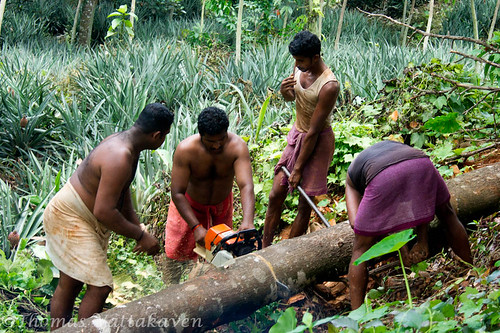
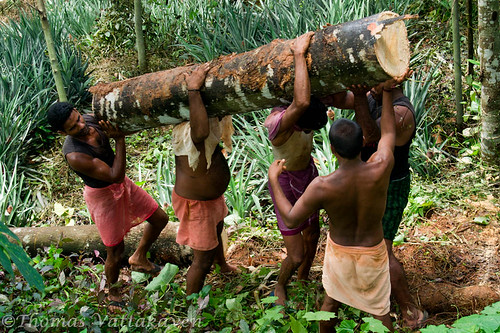
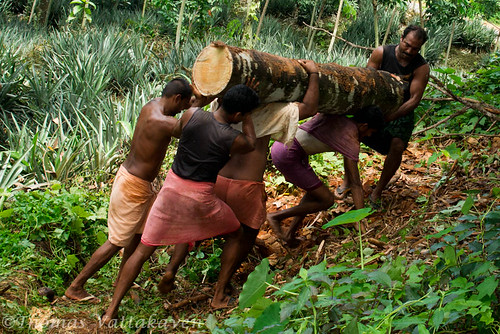
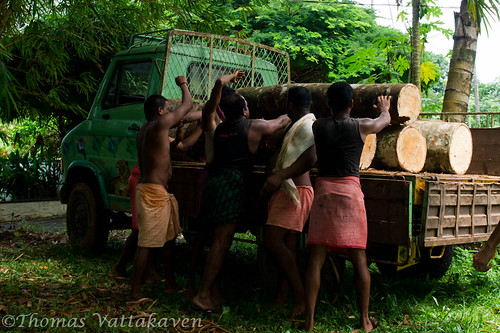




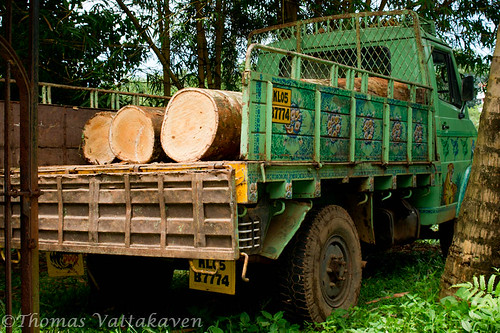
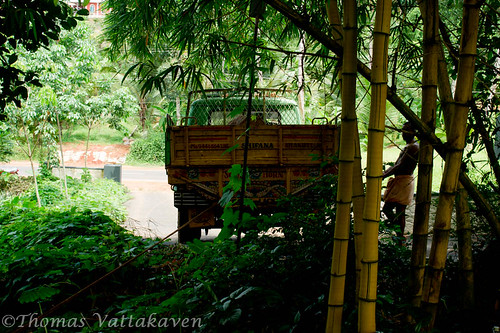
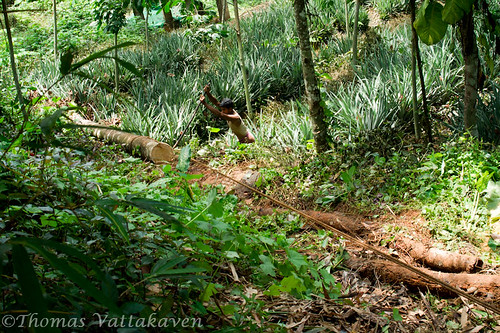

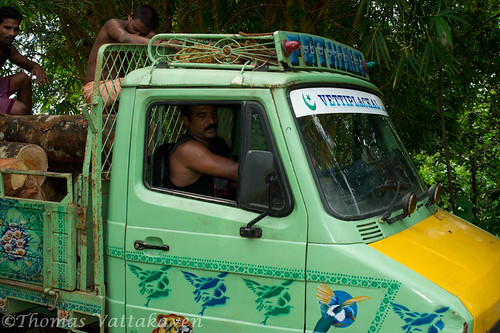
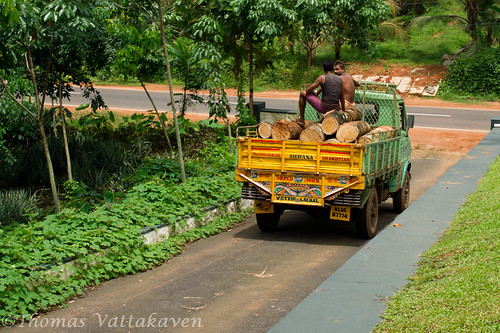
Thomas,
ReplyDeleteI loved the post!
You have transformed an ordinary scene into something truly delightful.
Thank you Lisa :)
ReplyDelete